Disclosure: This article contains affiliate links. We may earn a commission from purchases at no extra cost to you, which helps our travel content.
Standing at the edge of the Quequechan River, watching the water that once powered dozens of massive textile mills, I couldn't help but marvel at how this modest Massachusetts city helped weave the fabric of America's industrial identity. As someone who spends my days configuring networks, there's something fascinating about exploring an older type of network—the interconnected systems of water, steam, cotton, and human labor that transformed Fall River into the 'Spindle City' during the 19th century. Grab your walking shoes and curiosity—I'm about to show you how to experience this incredible industrial history without breaking the bank.
The Rise of Fall River's Textile Empire
Before diving into the historical sites, it helps to understand why Fall River became such a textile powerhouse. The city's unique geography—specifically the Quequechan River's 130-foot drop over a short distance—created perfect conditions for waterpower in the early 1800s. By the 1870s, Fall River had become the leading textile-producing city in the United States, with over 40 corporations operating 100+ mills, employing tens of thousands of workers.
My engineering brain couldn't help but appreciate the ingenuity of the water-powered systems that predated our modern electrical grids. The mill owners harnessed this natural resource to create a manufacturing empire that would define American industrialization. What's remarkable is how much of this history remains visible today, if you know where to look.
I spent my first morning in Fall River simply walking the downtown area with my field notebook and a city map from the visitor center, identifying former mill buildings and tracing the now-mostly-covered path of the Quequechan River. Many visitors miss this crucial step, but understanding the city's layout helps you appreciate the industrial planning that went into creating this manufacturing powerhouse.
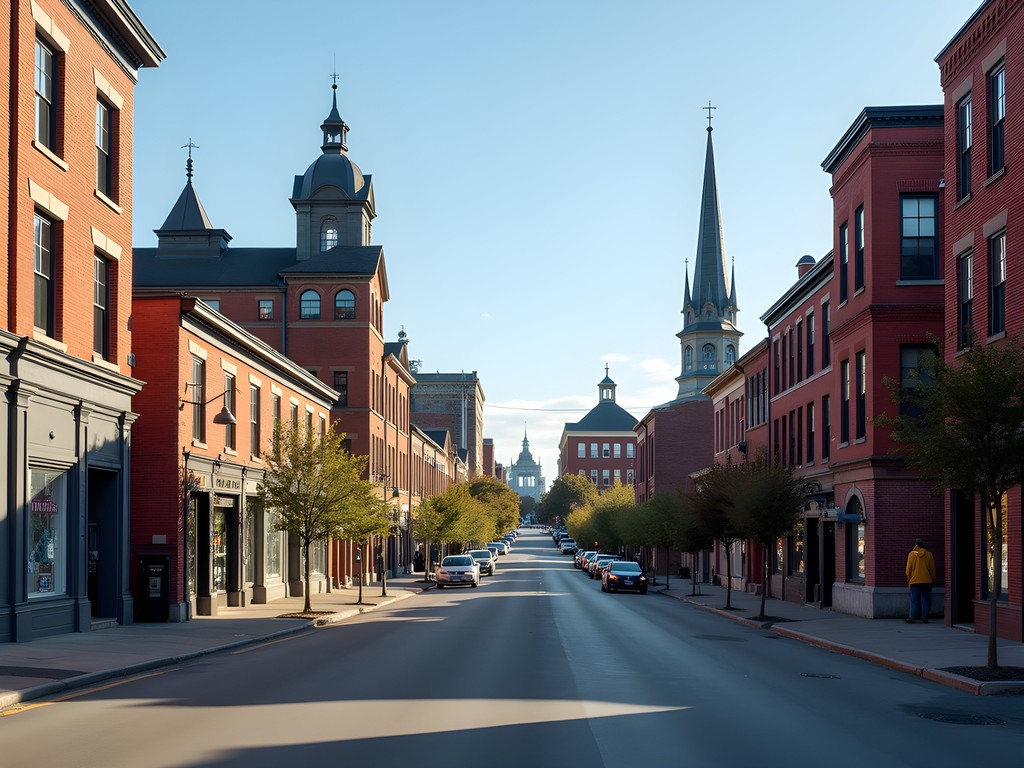
💡 Pro Tips
- Start at the Fall River Historical Society to get oriented with maps and background information
- Look up at buildings to spot architectural details that reveal their former industrial purposes
- The name 'Quequechan' means 'falling waters' in the native Wampanoag language—a clue to the city's industrial advantage
Fall River Heritage State Park: Where Industry Meets the Waterfront
Fall River Heritage State Park offers the perfect introduction to the city's maritime and industrial connections. Located along the Taunton River waterfront, this compact park provides stunning views of Battleship Cove (home to the USS Massachusetts) while connecting visitors to the city's textile past.
I spent a peaceful afternoon here sketching the landscape in my travel sketchbook and watching the interplay between natural and industrial elements. The park includes interpretive signs explaining how the waterfront served as a crucial transportation hub for cotton coming in and finished textiles going out to markets worldwide.
What many visitors miss is the walking path that connects the waterfront to remnants of the original Quequechan River falls. Follow this path to discover how the city's name came to be, and to appreciate how thoroughly the industrial revolution transformed the natural landscape. I was fascinated by how the river that gave the city its power was eventually buried beneath streets and buildings as development intensified—a physical metaphor for how industrialization often prioritized production over nature.
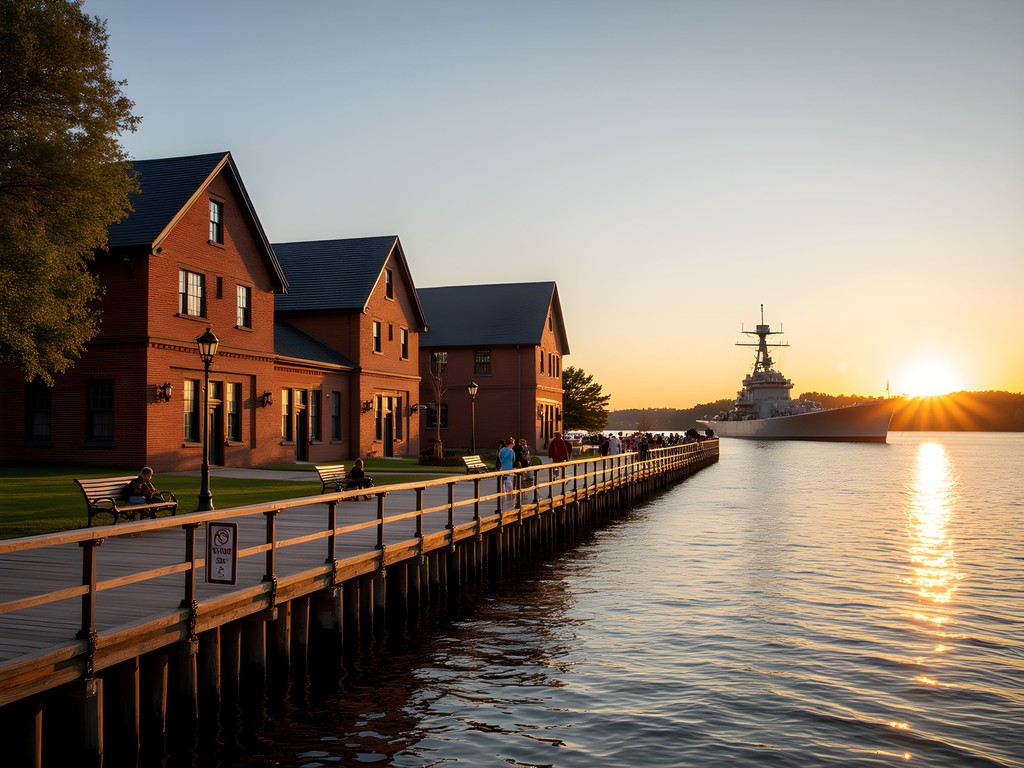
💡 Pro Tips
- Visit around sunset for the best lighting for photographs of the waterfront
- The boardwalk offers excellent views of both the historic waterfront and Battleship Cove
- Pack a picnic lunch to enjoy in the park to save money on restaurant meals
Fall River Historical Society: Textile Barons and Worker Stories
Housed in an opulent 1843 granite mansion, the Fall River Historical Society offers a fascinating glimpse into the stark class divisions that characterized the Industrial Revolution. This was once the home of textile industry elites, and the contrast between their luxurious lifestyle and the working conditions in their mills couldn't be more striking.
As a budget traveler who appreciates both technology and history, I found the $8 admission fee to be one of the best values in Fall River. The museum's textile collection includes samples spanning decades of production, showing the evolution of manufacturing techniques. What fascinated my technical mind was seeing how mechanical innovations transformed the industry, much like how software developments have revolutionized my field of network engineering.
The museum doesn't shy away from the more difficult aspects of textile history, including labor struggles, dangerous working conditions, and the famous Lizzie Borden case (which had direct connections to Fall River's industrial elite). I spent nearly three hours exploring the exhibits, photographing artifacts with my compact camera, which handles indoor museum lighting surprisingly well.
Make sure to ask the knowledgeable docents about the 1904 Granite Mill fire that killed 58 workers. This tragedy led to important safety reforms in industrial settings nationwide—a somber reminder of how progress often comes at a human cost.
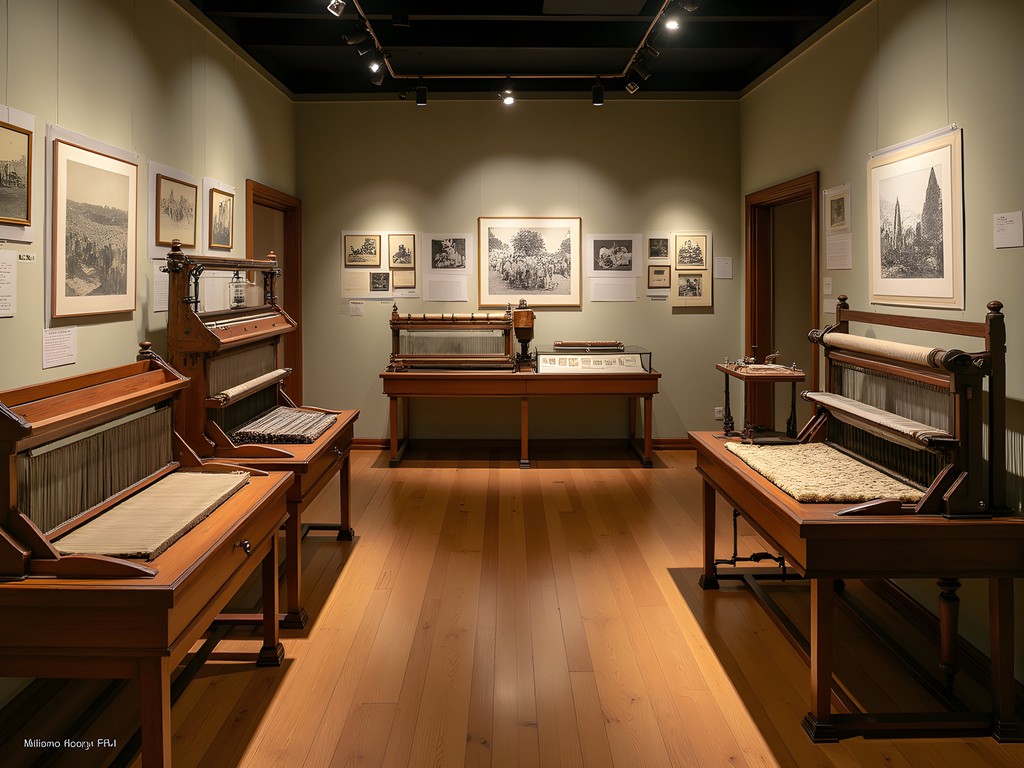
💡 Pro Tips
- Visit on weekday mornings for the smallest crowds
- Ask specifically about the textile sample collection, which isn't always on display
- The gift shop offers locally-made textile products that make unique, historically-significant souvenirs
Exploring the Mill Buildings: Architecture and Adaptive Reuse
What makes Fall River unique among industrial heritage sites is the sheer number of surviving mill buildings. Unlike many cities that have demolished their industrial past, Fall River's landscape remains dominated by massive granite textile mills—some abandoned, others repurposed for new uses.
I created my own self-guided walking tour using the excellent (and free!) map from the Fall River Historical Society. The imposing Granite Block on South Main Street, Border City Mill No. 1, and the iconic Durfee Mills complex showcase the distinctive architectural style that defined industrial Fall River—granite exteriors, large windows to maximize natural light for workers, and imposing bell towers that once regulated the workday.
As someone who works with modern technology infrastructure, I was particularly interested in how these historic buildings are finding new purposes. Some now house apartments, others contain small businesses or manufacturing spaces. The Merino Mill has been converted into artist studios, while the former Richard Borden Manufacturing Company now houses a mixture of retail and office spaces.
For the best photographs, I brought my tripod to capture the impressive scale of these buildings in the early morning light. The massive mill complexes create dramatic shadows, and the granite facades take on a warm glow at sunrise that's worth waking up early to capture.
What struck me most was how these buildings represent both technological achievement and human cost—the architectural grandeur reflecting the wealth generated, while the cramped working spaces inside tell a different story about the lives of immigrant laborers who operated the looms and spindles.
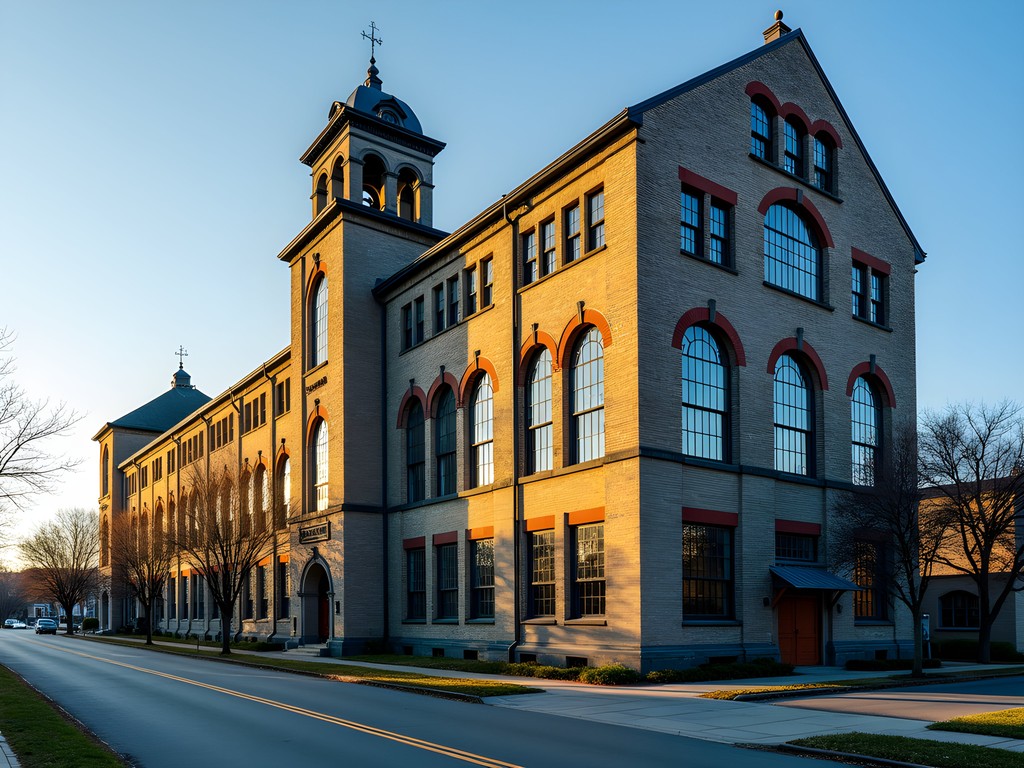
💡 Pro Tips
- Visit Granite Block on South Main Street early morning for the best light on its impressive facade
- Many mills are private property, so photograph from public sidewalks
- Look for the 'ghost signs'—faded painted advertisements still visible on some buildings
Family-Friendly Textile Experiences at Children's Museum
Traveling with kids? The Children's Museum of Greater Fall River offers hands-on experiences that make textile history accessible to young visitors. Located in a repurposed textile mill (of course!), the museum features interactive exhibits where children can try simple weaving, learn about how water power works, and see demonstrations of spinning techniques.
Even though I was traveling solo on this trip, I spent a delightful afternoon watching families engage with the textile heritage activities. The museum staff has done an excellent job translating complex industrial concepts into kid-friendly experiences. I was particularly impressed with their water power demonstration model, which clearly showed how the flow of the Quequechan River was harnessed to power machinery—a perfect blend of history and basic engineering principles that even young children seemed to grasp.
For families on a budget, this museum offers tremendous value at just $9 per person, with discounts for larger groups. I recommend bringing a reusable water bottle and snacks, as the museum allows outside food in their designated lunch area—a great way to keep costs down during your visit.
The gift shop offers affordable textile craft kits that allow children to continue their hands-on learning at home. I picked up a simple loom kit for my niece, who later told me it gave her a much better understanding of how fabrics are made than any book or video could have.

💡 Pro Tips
- Visit on 'Maker Thursdays' when the museum offers special textile craft activities
- Allow at least 2 hours for the full experience, including the hands-on activities
- Check their website before visiting as they occasionally bring in retired mill workers who share firsthand stories
Final Thoughts
As I packed my travel backpack on my final morning in Fall River, I found myself reflecting on how this often-overlooked city offers such a tangible connection to America's industrial past. The massive mill buildings, the repurposed industrial spaces, and the stories of immigrant workers all combine to create an immersive historical experience that goes beyond typical museum visits.
What makes Fall River special is that its industrial heritage isn't neatly contained behind glass cases—it's woven into the very fabric of the city. You can touch the granite blocks of mills that once housed thousands of workers, trace the path of the river that powered an industrial revolution, and understand how technological innovation transformed both manufacturing and human lives.
For families seeking educational travel experiences on a budget, Fall River offers remarkable value. The combination of free self-guided walks, affordable museums, and the tangible presence of history creates memorable learning opportunities for visitors of all ages. I encourage you to add this underappreciated Massachusetts gem to your travel plans—and to look beyond the Lizzie Borden story to discover the richer tapestry of America's industrial heritage that awaits in the 'Spindle City.'
✨ Key Takeaways
- Fall River offers an accessible, budget-friendly window into America's industrial revolution
- The city's massive granite mill buildings provide a tangible connection to textile manufacturing history
- Interactive museums and well-preserved historical sites make industrial concepts engaging for families with children
- Self-guided walking tours allow visitors to explore at their own pace while keeping costs down
- The city's industrial heritage goes far beyond the famous Lizzie Borden case that often overshadows it
📋 Practical Information
Best Time to Visit
Year-round, though spring and fall offer the most comfortable temperatures for walking tours
Budget Estimate
$200-300 for a weekend (accommodations, food, museum admissions)
Recommended Duration
2-3 days
Difficulty Level
Easy
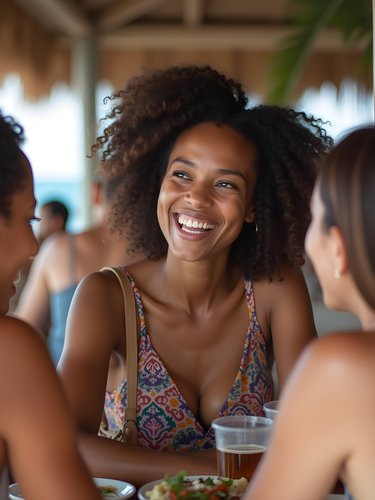
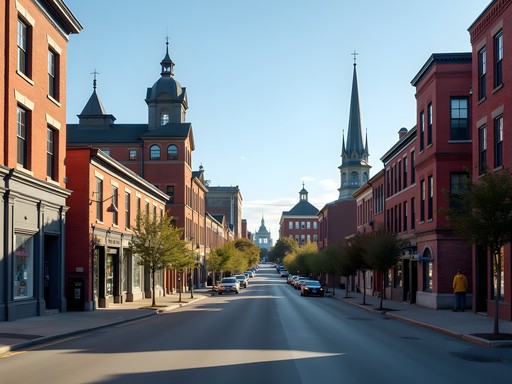

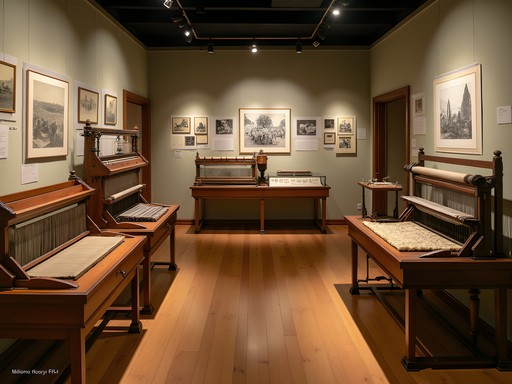












Comments
Megan Martin
Jennifer, excellent coverage of Fall River's industrial heritage. As someone who frequently travels to the Northeast for business, I've found these mill towns to be hidden gems for extending work trips. The adaptive reuse of these spaces is particularly fascinating - I stayed at the new boutique hotel in the renovated Durfee Union Mills building last spring, and the juxtaposition of industrial architecture with modern amenities was striking. For anyone planning a visit, I recommend bringing a good camera backpack as you'll want to capture the architectural details and riverside views. The Fall River Historical Society's archives contain business records that are also interesting from an economic history perspective.
escapeway
Wow! Never heard of Fall River before but those mill buildings look amazing! Added to my bucket list!
exploreguy
LOVE industrial history sites! Fall River just jumped to the top of my weekend trip list. Those brick mill buildings look incredible in your photos. Did you check out Battleship Cove while you were there too?
freeadventurer228
How wheelchair accessible were the historical sites? Planning to take my mom who uses a mobility scooter.
Jennifer Thomas
The Heritage State Park and Battleship Cove have good accessibility. Some of the older mill buildings have limited access, but the main museums have ramps and elevators. I'd call the Historical Society ahead of time - they were very accommodating!
freeadventurer228
Perfect, thanks for the info! Will definitely call ahead.
Casey Andersson
Jennifer, this brought back so many memories! I visited Fall River last autumn while on a New England tour and was completely captivated by the imposing mill architecture. The way the afternoon light hit those red brick buildings was simply magical. The Historical Society's textile collection was surprisingly extensive - I spent hours looking through the pattern books and worker journals. Did you manage to catch any of the walking tours? The guide I had shared fascinating stories about the immigrant communities that powered those mills.
Jennifer Thomas
Thanks Casey! I did take the Saturday morning walking tour - absolutely worth it. The stories about the Portuguese and Irish immigrant communities were particularly moving.
Casey Andersson
Oh perfect! Glad you got to experience that too. The Portuguese influence is still so present in the local cuisine. Did you try any of the restaurants on Columbia Street?
starvibes
Never thought of Fall River as a travel destination! Your post has me intrigued about all the industrial history there.
beachblogger
Just got back from Fall River after reading your post! The Heritage State Park was exactly as you described. I was surprised by how emotional it felt seeing the old machinery and reading about the workers' lives. Stayed at a cute B&B in one of the converted mill buildings too. Thanks for inspiring this trip!
Sage Dixon
Jennifer, your post brought back memories of my trip through the industrial towns of New England last fall. Fall River has such a tangible connection to its past. I spent hours wandering those converted mill buildings with my camera backpack (perfect for urban exploration!). The stories of immigrant workers really resonated with me - my great-grandparents were mill workers in Pennsylvania. There's something powerful about standing in spaces where so many people labored and built America's industrial might. The Fall River Historical Society's oral history collection is a treasure that more people should experience.
wavefan
Love the photos! Those brick buildings are gorgeous.
vacationking
Planning a weekend trip to Fall River this October. How much time would you recommend for exploring the textile history sites? And are there any good local restaurants near the Heritage State Park?
Sage Dixon
I'd recommend at least a full day for the textile sites. For food, definitely try Barcelos Bakery for Portuguese cuisine - Fall River has amazing Portuguese food due to the immigrants who came to work in the mills. The corn bread is incredible!
vacationking
Thanks for the tip! Will definitely check out Barcelos.
Venture X
Premium card with 2X miles, $300 travel credit, Priority Pass